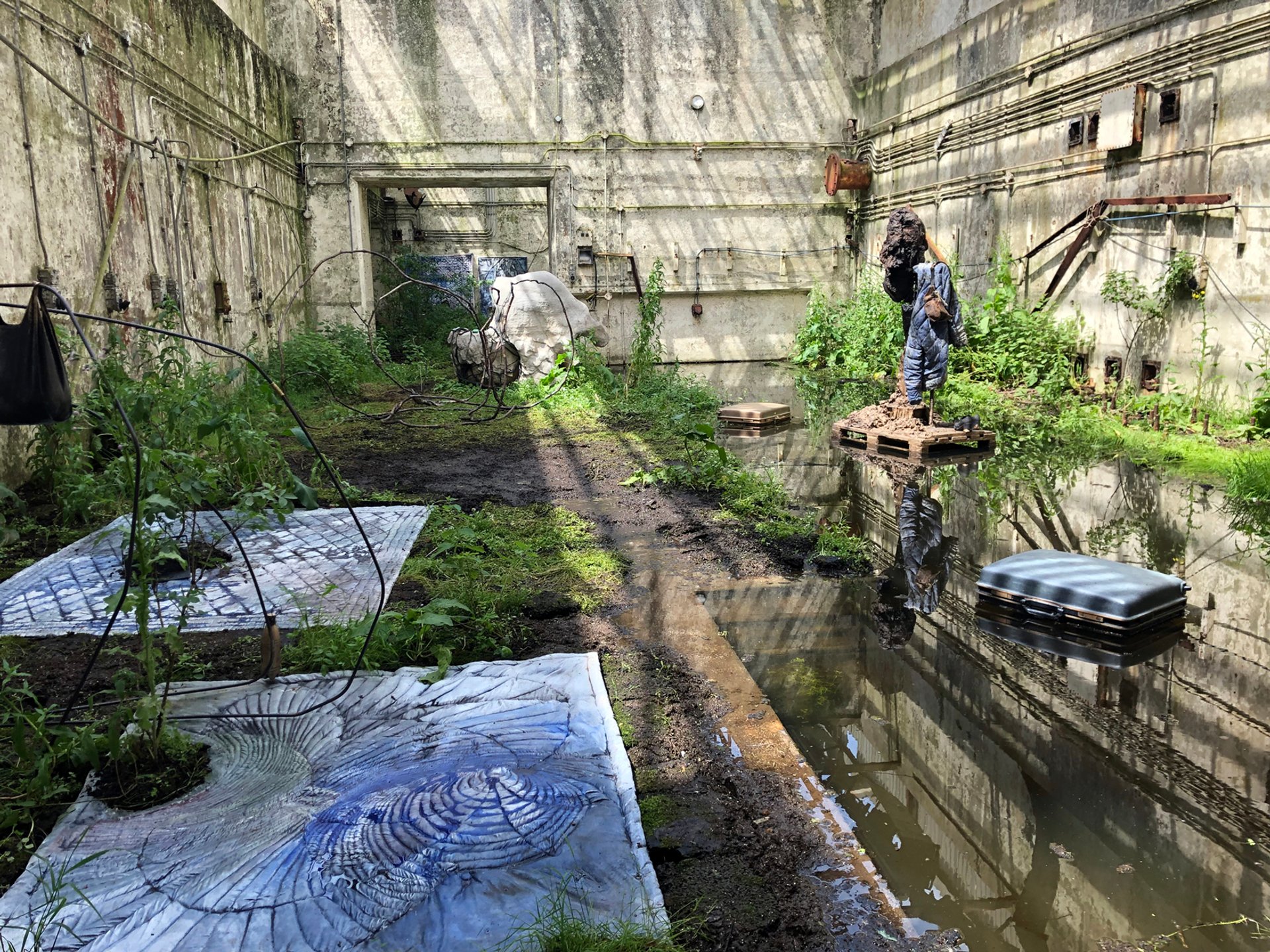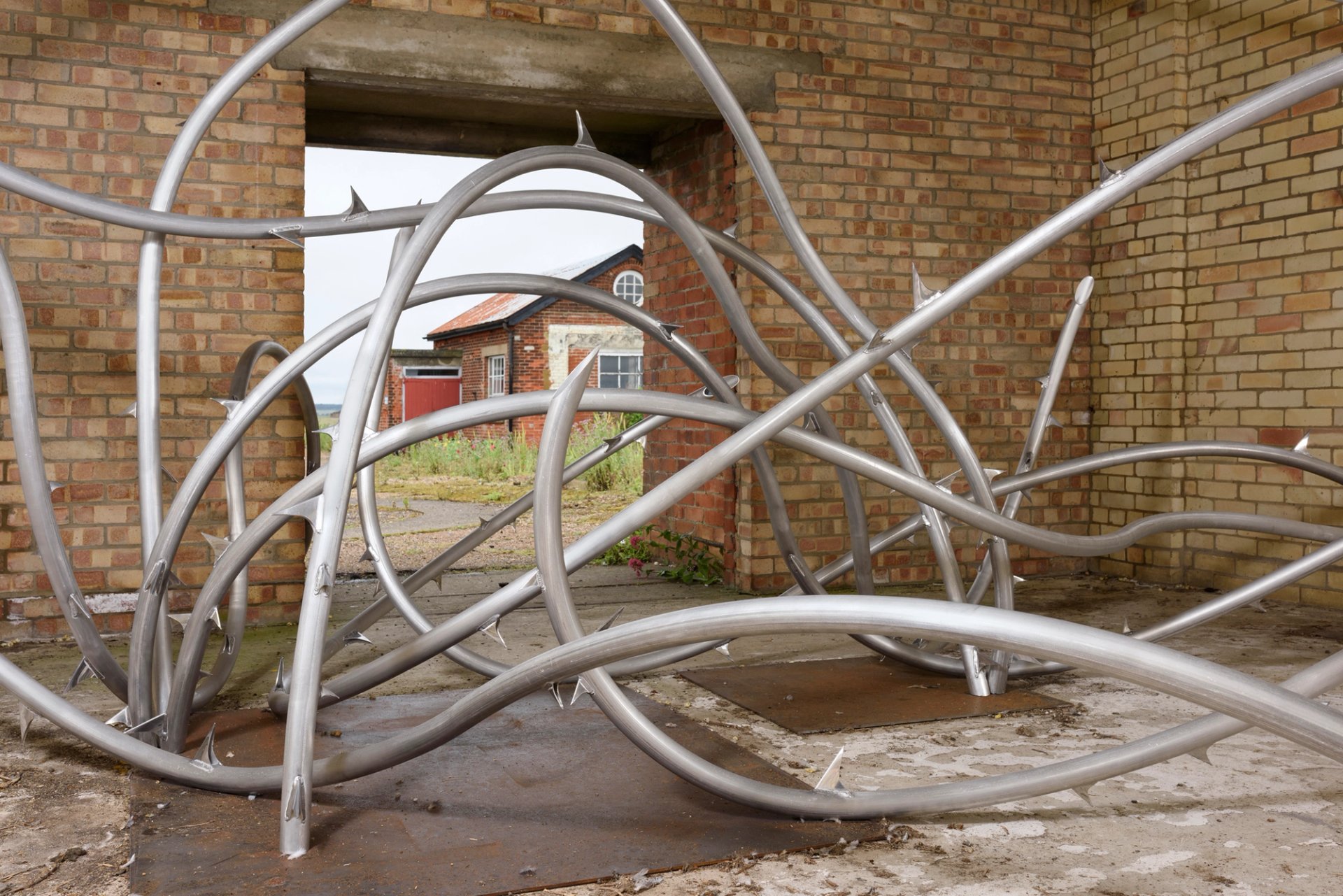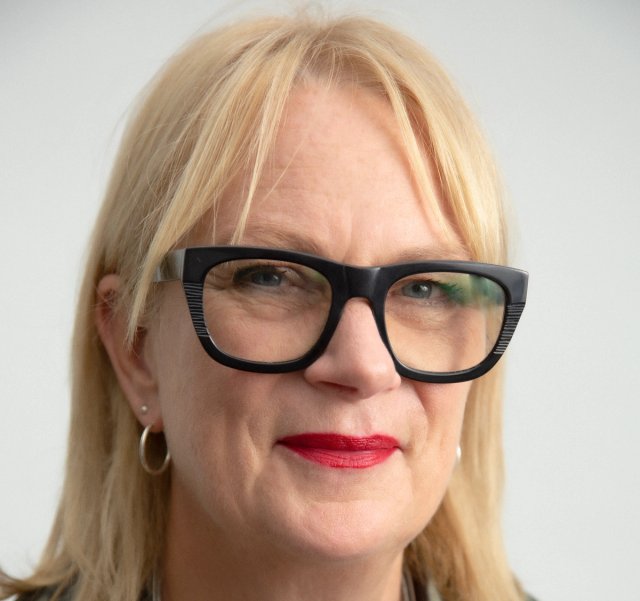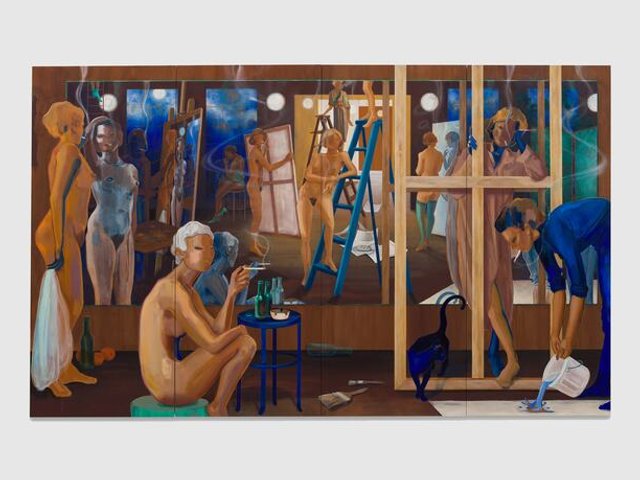The long shingle spit of Orford Ness runs for ten miles along the Suffolk coast and can only be reached by boat. During both the First and Second World Wars as well as the Cold War, this desolate location was a test site for ballistics, communications and weapon systems, becoming known locally as the island of secrets.
In the 1990s the UK National Trust took over from the Ministry of Defence and the eerie wasteland became a wildlife haven. Now its marshland, shingle beaches and abandoned buildings are home to migrating birds, several species of owl, rare plants and lichens and a multitude of hares. The giant structures that were once used for ballistics experiments and picking up radar are being allowed to decay over time, assaulted only by the elements.

Tatiana Trouvé's The Residents Courtesy of Artangel
This summer however, Orford Ness is playing host to the work of five artists, commissioned by Artangel, an organisation that presents art in unexpected places. (There is also a series of specially made online works, with all works under the umbrella title of Afterness.) When I visited it was wet and windy, perfect conditions for a place that is a dead ringer for the damp dystopian Zone, an extraterrestrial site in Tarkovsky’s 1979 film Stalker. Nowhere is this more the case than in the vast roofless shell of Lab 1, built in the ‘60s for testing atomic weapons, where Tatiana Trouvé has scattered what appear to be the possessions of former occupants fleeing some kind of disaster. But these strewn quilts, overspilling bags and discarded books are all in fact trompe l’oeil sculptures, cast in bronze and aluminium or carved in marble. Dotted throughout this decaying, waterlogged interior, Trouvé’s The Residents stands as a desperately sad reminder of the human havoc caused by the weapons so assiduously developed here over the years.

The Black Beacon tower is now host to sound works by Iain Chambers, Brian d’Souza and Chris Watson.
The octagonal wooden tower of the Black Beacon was originally constructed to develop radar systems for marine navigation. Now you can open slits in its sides and look out over the stark, expansive landscape of shingle and scudding hares whilst listening to an archive of field recordings gathered on the Ness at different times of the year by Iain Chambers, Brian d’Souza and Chris Watson.
Nearby, a small brick building houses Alice Channer’s Lethality and Vulnerability, a tangle of giant brambles, with stems of welded aluminium rods and shiny steel thorns. This oversized metal briar sprouts up through the floor and bursts through knocked-out windows like a mutant triffid nourished on the toxic fallout of Orford’s dark past.

Alice Channer’s Lethality and Vulnerability Courtesy of Artangel
Another disconcerting presence is a giant crumpled paper map, its surface covered by the British artist Emma McNally in cryptic circular symbols and shaded graphite, which hovers like a malign cloud, a seabed or a model mountain range just above the floor of the old Armory, formally a store for bombs and testing equipment.
The pandemic meant that the Odessa-born, US-based poet Ilya Kaminsky never got to Orford Ness but he evokes it brilliantly in I See a Silence, a set of specially written poems which you are supposed to listen to while walking to the various locations. But you can buy Kaminsky’s poems in a slim volume and read them later, which is what I chose to do, preferring to experience the wind, the gulls and skylarks and the crunch of my feet on the stony ground, unmediated. It’s hard for art to make its presence felt in a place like Orford Ness and sensibly, Artangel have chosen a light touch, installing works to complement, rather than compete with, the atmospheric surroundings. A wise decision, because the magic of the Ness, with its many secrets, makes it a compelling place to visit, whatever the weather and with or without the art.
Afterness, 1 July- 30 October






